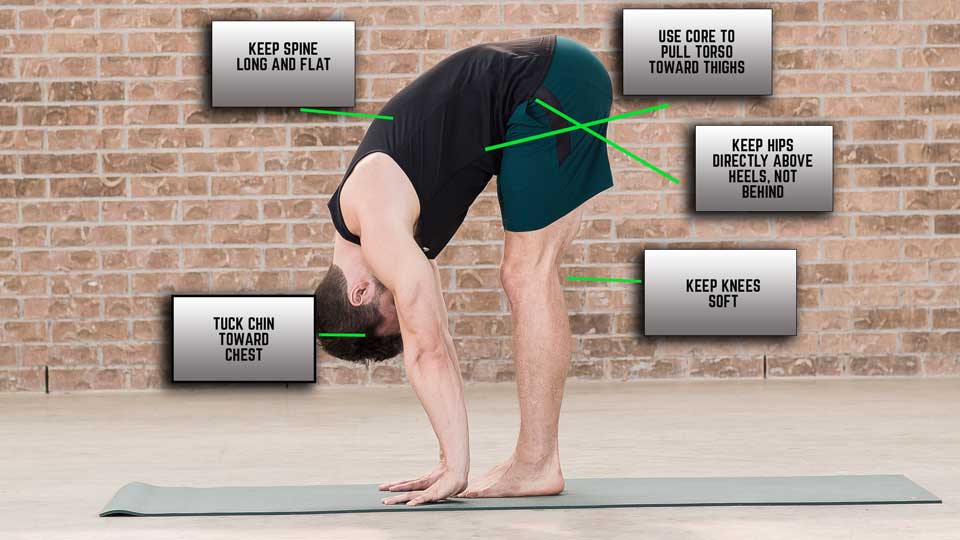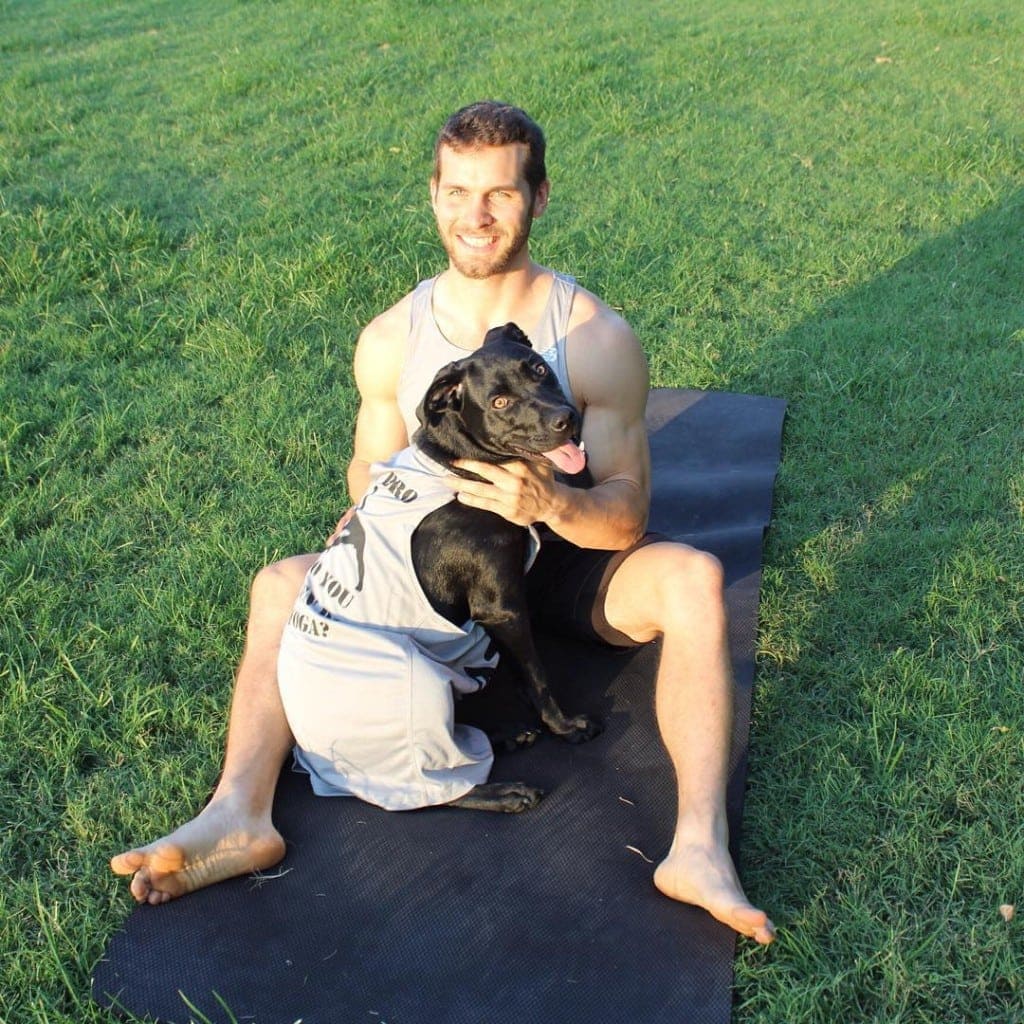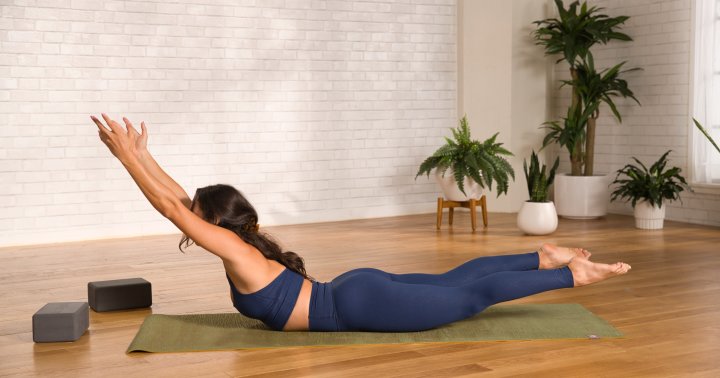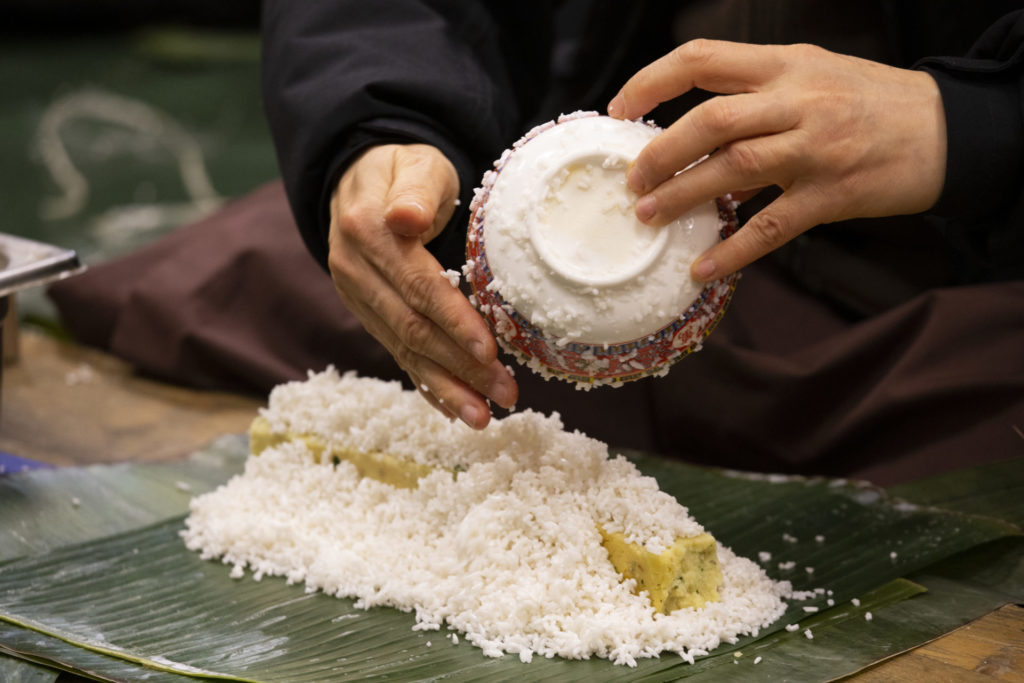Forward Fold Pose for Beginners and Men
This pose actively stretches your hamstrings to release tension in your spine and back. Focus on engaging the correct muscles to stretch the hamstrings, and don’t worry about whether you can touch your hands to the floor. This posture...

This pose actively stretches your hamstrings to release tension in your spine and back. Focus on engaging the correct muscles to stretch the hamstrings, and don’t worry about whether you can touch your hands to the floor. This posture is great after a workout or long walk.
Forward Fold Target Muscles
hamstrings core mid-back upper backForward Fold Benefits
Increases hamstring mobility Relieves tension in entire spine Prevents soft-tissue injuries in hips and thighs
How to do Forward Fold Pose for Beginners
Stand in Mountain with your big toes touching and heels about 1in (2.5cm) apart. Inhale to lift arms overhead, then exhale as you hinge at the hips and squeeze torso toward upper thighs. Let fingertips move toward the floor. Tuck chin to chest, looking backward to lengthen back of neck. Maintain a flat back by firmly engaging abs and squeezing inner thighs. Hold the posture, inhaling as you lengthen the spine, and exhaling as you fold deeper.Cues for Forward Fold
Tuck chin toward chest Keep spine long and flat Use core to pull torso toward thighs Keep hips directly above heels, not behind Keep knees softYOU SHOULD FEEL
Stretch in back of thighs, calves, mid-back, upper back, and neck Engagement of hips, thighs, and coreYOU SHOULDN’T FEEL
Relaxed abdomen; if so, fully engage core to deepen the fold and protect spine Significant rounding of spine to bend deeper; if so, bend knees as neededForward Fold Pro Tip
Actively flex the muscles in the front of the body to feel the stretch in the back of the body. Focus on keeping the back flat. Bend knees as necessary; hamstring flexibility comes with time.
Forward Fold Modification
NOT THERE YET? If you must strain to reach your fingertips to the floor, bend knees and place hands on a block in front of your feet.
 Forward Fold Modification
Forward Fold ModificationAbout Dean Pohlman, Founder & CEO of Man Flow Yoga, Author of Yoga Fitness for Men, Expert on Yoga Fitness for Men.

Dean Pohlman is an E-RYT 200 certified yoga instructor and the founder of Man Flow Yoga. Dean is widely considered to be an authority on Yoga for Men. He has worked with physical therapists to create yoga programs for back health and spinal recovery. His workouts and programs have been used by professional and collegiate athletes, athletic trainers, and personal trainers; and have been recommended by physical therapists, doctors, chiropractors, and other medical professionals.
Dean is a successfully published author through DK Publishing (Yoga Fitness for Men), selling 35,000 copies worldwide in English, French, and German; in addition to being a co-producer of the Body by Yoga DVD Series, which has sold over 40,000 copies on Amazon since its release in 2016.
Man Flow Yoga has been featured in Muscle & Fitness Magazine, Mens’ Health, The Chicago Sun, New York Magazine, and many more major news media outlets.
FAQs
What is a forward fold in yoga?
The forward fold yoga pose helps bring your upper body closer to your lower body. There are many mental and physical benefits when doing the forward fold pose.
Why is Forward Fold so hard?
If you’re not used to stretching your hamstrings and lower, forward fold may be a little difficult for beginners. With regular practice and good form, you should feel your muscles loosen up and be able to reach lower.
What are the benefits of forward fold?
Forward fold pose improves hamstring flexibility, relieves tensions in the entire spins and helps prevent soft-tissue injuries in hips and thighs.
What are the mental benefits of forward fold?
Forward fold pose increases blood flow throughout the entire body, including the head. Together with proper “breathing techniques“, forward fold can be calming and soothing.
How to improve forward fold?
With regular practice and proper form, you will see improvements. You can also forward fold modifications, like using a yoga block to help bring the floor up. You can also bend your knees and work towards straitening them out.

 Hollif
Hollif 
































